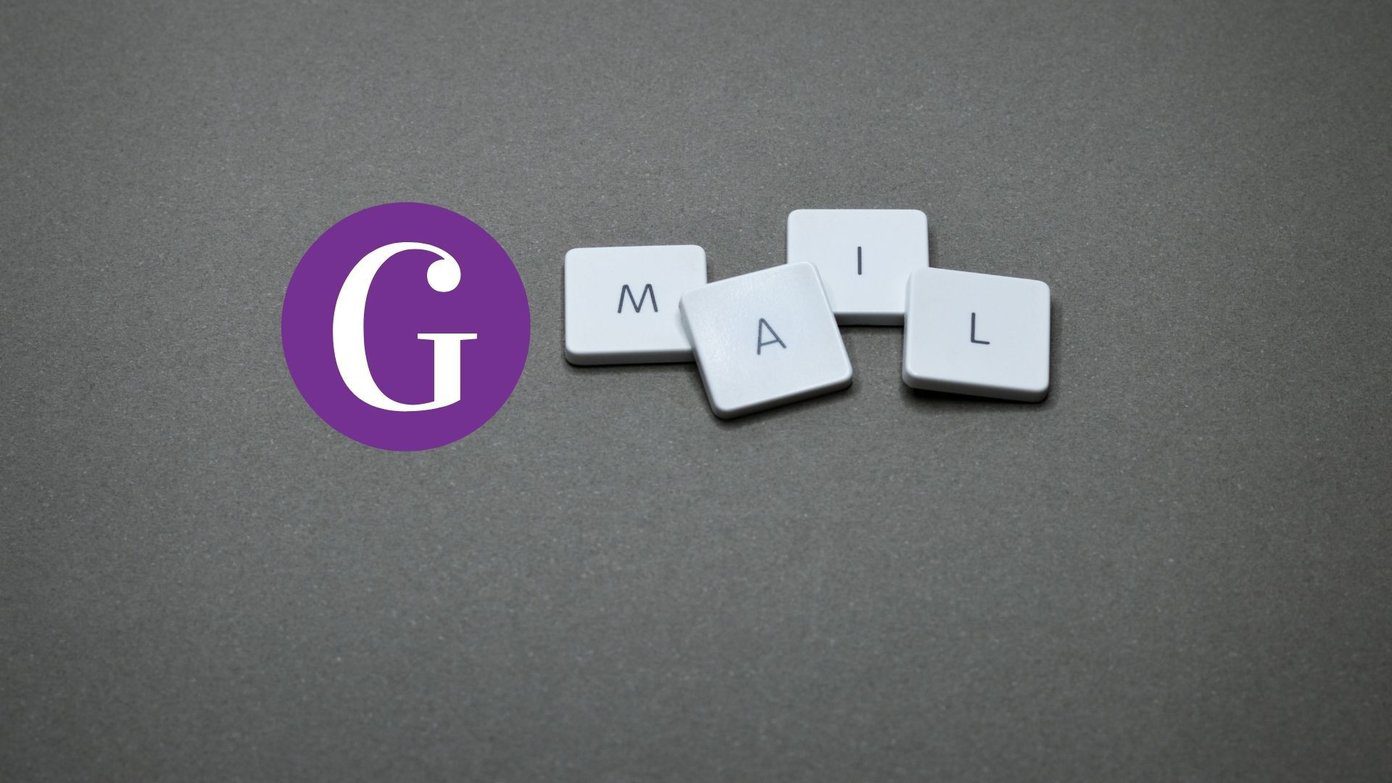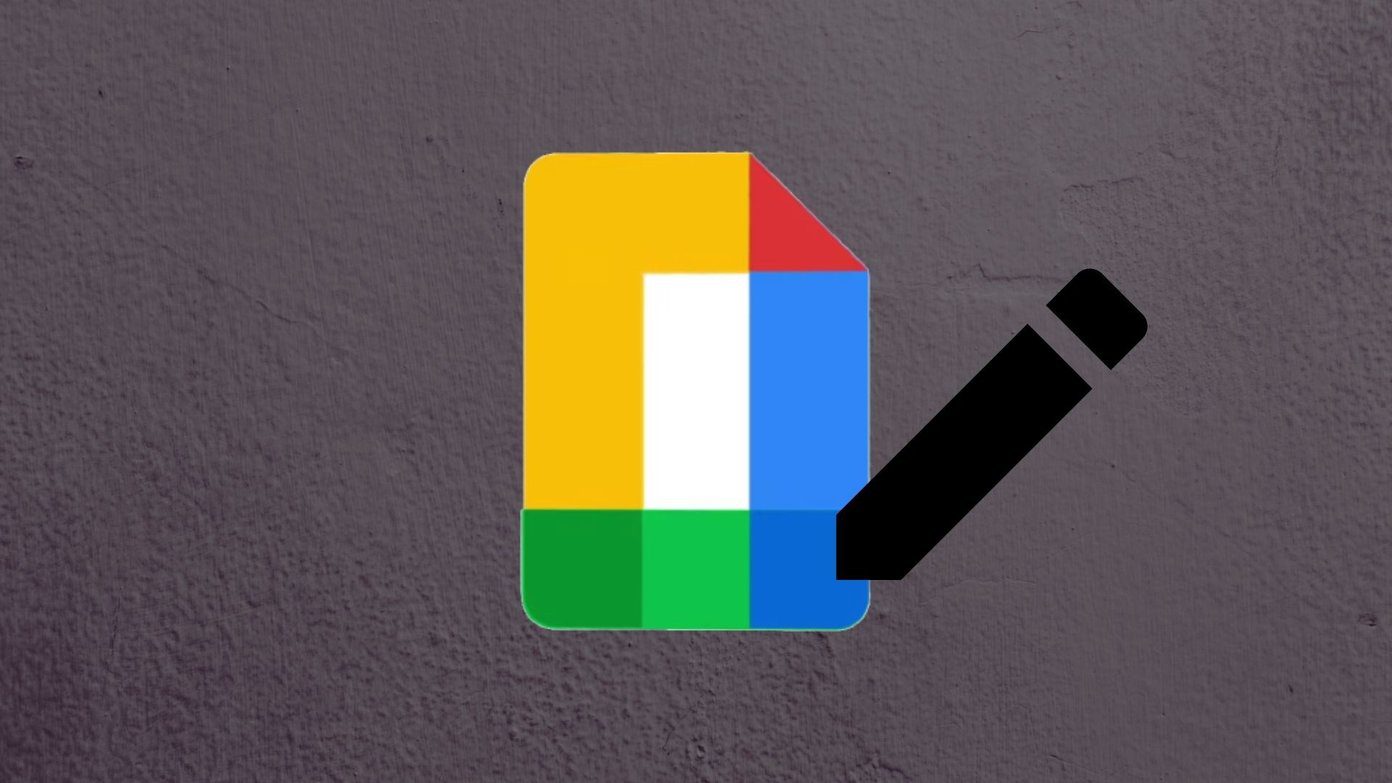Gmail allows me to use email management features like labels and nested labels to neatly sort all my emails. Even then, the inbox is a huge haystack and if you have to search for a needle, you need something as powerful as Gmail Search Operators. Keep an arsenal of them in your head to dig deep for long lost emails.
The Easiest Way To Search Gmail
The little link just next to the large search box at the top in your Gmail interface that says – Show Search Options, offers you the quickest way to do a specific search. Clicking on it expands to reveal these options: Search options make your basic search a lot easier. You can filter all emails that have attachments. You can search emails that have a specific string of text. You can use time ranges by using a date and a range from the dropdown next to the Date within field. Plus, to make it more targeted you can use the fields in combination. For example, search for an email from a specific sender, on a certain date, and with an attachment.
A List of Operators
You can take these Gmail search operators and use them manually in the search box for the same results. For instance, you can retrieve emails from specific sender by using from:sender (where sender is the name of a sender). The search box also auto-suggests matching operators as you start keying it in. Here are the common operators you can use:
Search with Exact Keyword
Usage – “keyword” Example – “punctuate”
Search for Emails Sent to a Specific Contact
Usage – to:name Example – to:Guidingtech Or…to:[email protected] Similarly, you can also search for cc and bcc copies. bcc:name or cc:name
Search by Subject
Usage – subject:keyword Example – subject:software
Search in Specific Location
Usage – in: label name|inbox|trash|spam|anywhere Example – in:spam This returns email stored in the spam folder. If you are not sure of the location, you can use anywhere.
Search for Emails Marked with a Specific Status
Usage – is:important This returns emails that are marked as important.
Search for Files
Usage – filename: filename.format or filename: format Example – filename:resume.doc or filename:doc
Search in General for Attachments
Usage – has:attachment Example: from:Abhishek has:attachment This returns emails from Abhishek that have an attachment.
Search for Chat Messages
Usage – is:chat Example – is:chat meeting This returns chat messages that have the word meeting in them. You can master Gmail search by printing out the list of search operators given on the Gmail support page. Just like Google Search, all operators can be combined together to make them more powerful and specific. For instance, if you want to search for an attachment in a specific label. You can construct a search query like – label:labelname filename:extension Constructing complex search operators can be time consuming every time. That’s where you can use Quick Links to save your searches and use them when needed.
Use Quick Links to Save Your Searches
Quick Links is a very handy feature if you search often. It takes away the pain of typing in the search operators every time. Quick Links is activated from Labs (click on the Gear icon > Labs). When you save your changes and return to the Gmail interface, you can see the Quick Links box on the left sidebar. Type your search query in the search box. After you results appear, click on Add Quick Link in the Quick Links box. Enter a more readable name in place of the default string and save your quick search. Clicking on a quick link displays the results of a search and saves you the bother of typing in the search. Similarly, you can save multiple Quick Links and use them to sort your mail box more efficiently. Are you a Gmail search virtuoso? Or are you someone who manually dredges through the inbox? Tell us about your Gmail search story. The above article may contain affiliate links which help support Guiding Tech. However, it does not affect our editorial integrity. The content remains unbiased and authentic.











